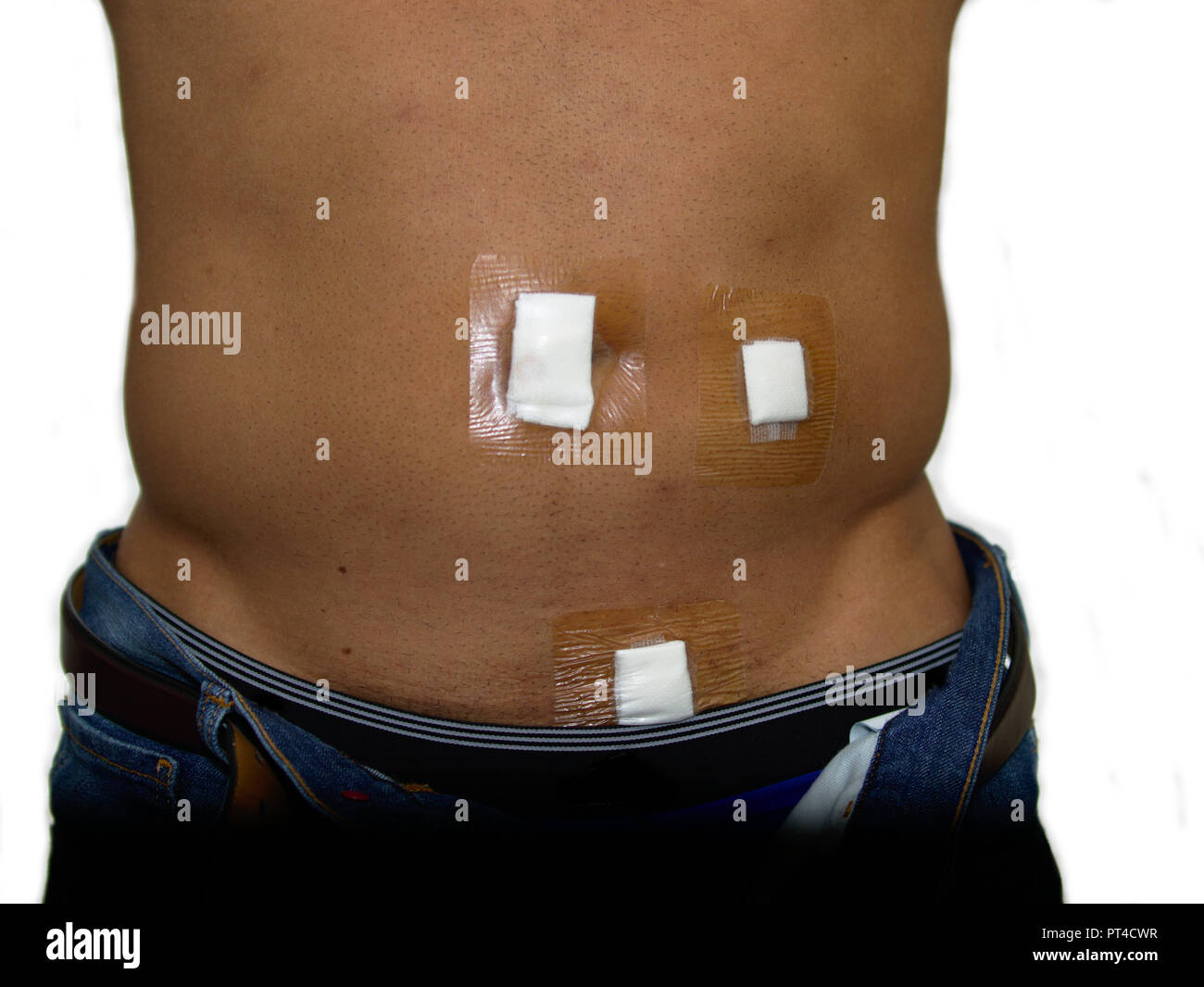Ear And Sinus Pain

The complexities of ear and sinus pain can be overwhelming, with symptoms often intertwining and making diagnosis and treatment challenging. To better understand these issues, let’s delve into the anatomy and functions of the ears and sinuses, exploring how they relate to each other and how problems in one area can affect the other.
Firstly, the ears are not just responsible for hearing; they also play a crucial role in balance and equilibrium. The structure of the ear includes the outer ear, the eardrum, the middle ear (with its tiny bones), and the inner ear. Each part has a specific function, from collecting sound waves to converting them into signals that the brain can interpret. Similarly, the sinuses, which are air-filled cavities located within the skull, produce mucus that helps to humidify the air we breathe and filter out pathogens and allergens.
Ear pain, known medically as otalgia, can arise from issues within the ear itself, such as infections (otitis externa or otitis media), a buildup of earwax, or even a middle ear problem like a perforated eardrum. However, ear pain can also be referred, meaning it originates from another area, such as the teeth, the jaw (temporomandibular joint disorder), or even the sinuses. This referred pain can be confusing, as the actual source of the pain is not in the ear at all.
Sinus pain, on the other hand, is typically associated with sinusitis, an inflammation or infection of the sinus cavities. This condition can be acute or chronic and is characterized by symptoms such as facial pain or pressure, nasal congestion, and thick, yellow or green nasal discharge. The sinuses and ears are connected through the Eustachian tube, which equalizes the air pressure in the ears to the surrounding environment. When the sinuses are congested, it can lead to Eustachian tube dysfunction, causing ear fullness, popping, or even pain.
Given the interconnectedness of the ear and sinus systems, diagnosing the root cause of pain can be complex. Healthcare professionals often use a combination of physical examinations, medical histories, and sometimes imaging studies (like CT scans) to determine whether the pain is due to an ear issue, a sinus problem, or another condition altogether. Treatment, therefore, varies widely depending on the diagnosis and can include antibiotics for infections, nasal decongestants or steroids for sinusitis, and ear drops or hearing aids for ear-related issues.
In exploring the relationship between ear and sinus pain, it becomes clear that addressing these issues requires a comprehensive approach that considers the interconnected nature of the respiratory and auditory systems. Effective management of ear and sinus pain involves not only treating the immediate cause of discomfort but also adopting preventive measures to reduce the risk of future episodes. This includes maintaining good respiratory health through regular exercise, a balanced diet, avoiding allergens and irritants, and staying hydrated to thin out mucus.
For those experiencing persistent or severe ear and sinus pain, seeking professional medical advice is crucial. A healthcare provider can offer personalized guidance based on the specific condition and medical history of the individual, helping to navigate the complex landscape of ear and sinus health towards relief and well-being.
What are common causes of ear pain that are not directly related to the ear itself?
+Common causes of referred ear pain include dental issues like abscesses or impacted teeth, temporomandibular joint (TMJ) disorders, and sinus infections. These conditions can cause pain that radiates to the ear, even though the ear itself is not the source of the problem.
How do sinus infections lead to ear pain?
+Sinus infections can lead to Eustachian tube dysfunction. The Eustachian tube connects the middle ear to the back of the nose and throat. When the sinuses are congested, it can block the Eustachian tube, leading to a buildup of fluid in the middle ear, which can cause fullness, popping, or pain in the ear.
What home remedies can help alleviate ear and sinus pain?
+Several home remedies can provide relief from ear and sinus pain. For sinus pain, using a neti pot with a saline solution to rinse the nasal passages, applying warm compresses to the face, and drinking plenty of fluids to thin out mucus can be helpful. For ear pain, trying the "toothybrush trick" (gentle brushing of the teeth and gums), using over-the-counter pain relievers, and applying a warm compress to the affected ear may offer some relief. However, if pain persists, consulting a healthcare professional is recommended.
In conclusion, understanding the relationship between ear and sinus pain is essential for effective diagnosis and treatment. By recognizing the potential for referred pain and the interconnectedness of the ear and sinus systems, individuals can better navigate their symptoms and seek appropriate care when needed. Whether through medical treatment or preventive measures, managing ear and sinus health is critical for overall well-being and quality of life.



